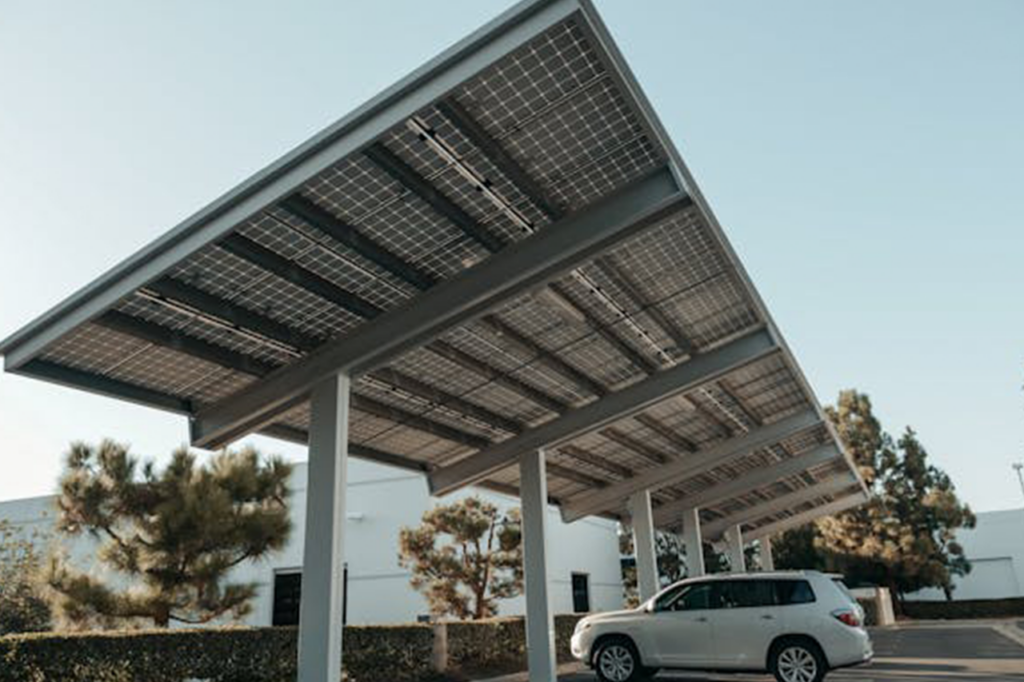We all make mistakes. But, there are some things in life where we cannot afford to commit a mistake, and building a metal carport in your property is perhaps one of them.
Installing a metal carport is one of the most efficient ways to protect vehicles, equipment, or even outdoor recreational spaces from the elements. It is a practical investment that can offer long term durability and value.
Many property owners, however, underestimate the importance of careful planning and execution. Avoiding common mistakes is key to ensuring that your metal carport stands the test of time while serving its intended function without future complications.
Ignoring Local Building Codes and Permits
Many first time installers fail to research local regulations. Every municipality may have its own rules regarding the type of structure you can build, the materials you can use, and the distance it must be set back from roads or property lines. Skipping this step can lead to costly delays or even fines. Always begin the process with a trip to your local city office or planning department. Gaining this knowledge upfront can prevent your project from being stalled or torn down after completion.
Choosing the Wrong Location
A poorly chosen location can compromise the effectiveness and longevity of your metal carport. Installing it on uneven ground can lead to structural issues over time. Selecting a low lying area increases the risk of water accumulation, which could lead to corrosion or foundation problems. Consider factors such as drainage, exposure to sunlight, proximity to other buildings, and ease of access. A well positioned carport enhances both function and aesthetics.
Neglecting the Foundation
The foundation plays a crucial role in the stability of your metal carport. Some individuals assume that installing it directly on soil or grass is sufficient, but this approach leads to shifting, warping, or tilting. Concrete pads or compacted gravel bases offer far better support. Investing in a strong foundation from the beginning can prevent damage and reduce maintenance needs in the future. It also ensures the carport remains level and secure during storms or heavy use.
Underestimating the Importance of Proper Anchoring
Anchors are critical for securing your carport to the ground. Without the right anchors, strong winds could lift or move the structure, putting property and people at risk. The type of anchor you choose should depend on the surface. Asphalt, concrete, and soil each require specific anchor designs. Failing to match anchors to the terrain not only compromises the carport’s safety but could also void manufacturer warranties.
Choosing the Wrong Size
It is easy to focus on cost and choose a smaller carport to save money. However, a carport that is too small will not meet your needs in the long term. Consider what you are protecting now and what you might need to shelter in the future. A carport designed for one vehicle might quickly become too small if you purchase additional equipment or change vehicles. Measure carefully and plan ahead to ensure you will not need a second installation within a few years.
Selecting Inferior Materials
Metal carports vary widely in quality. Lower cost materials may seem attractive initially, but they often fail to hold up under tough weather conditions. Thinner gauge steel may rust more quickly or become dented by hail or fallen branches. Choosing higher quality materials might require a larger upfront investment, but they usually last longer and perform better over time. Always check warranties, coatings, and reviews before deciding on a material.
Overlooking Roof Style and Drainage
The roof style of your carport can greatly influence how well it handles rain, snow, and debris. A flat roof may accumulate more water, while a pitched roof helps in shedding precipitation more effectively. Drainage is another consideration that many overlook. Without proper gutters or sloped design, water may pool near the base and damage the foundation or cause flooding. Plan for water movement as part of your design to protect the structure and nearby areas.
Failing to Consider Wind and Snow Loads
Environmental conditions play a large role in determining the type of carport you need. Areas that experience strong winds or heavy snow must adhere to stricter engineering standards. Carports should be rated for regional weather conditions to ensure safety and longevity. Too often, homeowners select generic models without checking if the structure can bear the expected loads. This mistake can lead to collapse during a storm or heavy snowfall.
Improper Assembly and Installation
Some property owners attempt to install the carport themselves without sufficient experience or the right tools. Skipping steps, misreading instructions, or forcing parts into place can cause damage or make the structure unsafe. Professional installation services often come with guarantees or warranties, and they bring the expertise needed to avoid these errors. If you plan a do it yourself approach, take time to understand the process completely and enlist help as needed.
Disregarding Future Expansion Needs
Your current needs may change. A single vehicle carport might be sufficient now, but you may want space for a second car, a trailer, or even storage. It is wise to think ahead and choose a design that allows for future expansion or customization. Modular options can be extended with relative ease, saving time and money later. This kind of foresight can make your metal carport an even more valuable asset.
Ignoring Aesthetic Considerations
Functionality is essential, but appearance also matters. A poorly matched carport can look out of place and negatively affect curb appeal. Selecting colors, finishes, and trim that complement your home or other buildings on the property can enhance visual harmony. Consider how the carport will look from the street and how it integrates with existing landscaping. A thoughtful design contributes to both style and satisfaction.
Not Accounting for Utility Access
Many people install carports without thinking about future electrical or lighting needs. If you plan to work under the structure or add lighting, plan for conduit or outlets before installation. Retrofitting these later can be more expensive and less efficient. Plan wiring paths and access to power early in the process to save time and improve functionality.
Overlooking the Importance of Ventilation
Air circulation may not be top of mind during planning, but it becomes important in hot climates or when storing items that are sensitive to temperature changes. Without proper airflow, heat can build up under the roof. This can create uncomfortable conditions and even damage some equipment or stored materials. Including open sides or ventilation panels can improve air movement and comfort.
Failing to Maintain the Structure
Even durable metal carports require occasional maintenance. Dirt, leaves, and debris can build up over time and cause corrosion or clog drains. Loose bolts or rust spots may develop without regular inspections. Create a maintenance schedule that includes cleaning, inspecting fasteners, and checking for damage. Regular upkeep ensures your investment lasts and continues to function properly.
Not Checking the Warranty Terms
Warranties differ significantly between manufacturers. Some only cover specific components, while others offer more comprehensive protection. Failing to understand the warranty details can lead to disappointment when damage occurs. Always ask for a copy of the warranty and read it thoroughly. Know what is covered and what conditions could void it. This knowledge allows you to make informed decisions and protect your investment.
Installing Without a Clear Plan
Jumping into installation without a well defined plan often leads to confusion and poor results. Sketching out the design, location, orientation, and features can provide clarity and help identify potential challenges. Think through every aspect, from access points to lighting needs. Planning saves time, reduces mistakes, and ensures the finished structure meets all your expectations.
Disregarding Professional Advice
Some individuals ignore expert opinions or decline to consult professionals. Structural engineers, zoning officials, and experienced contractors can provide valuable insights that prevent costly errors. Their input can help you comply with regulations, improve design, and enhance safety. Listening to their advice can make the process smoother and more successful.
Choosing a Supplier Without Doing Research
Not all suppliers are created equal. Some may use subpar materials or fail to meet delivery timelines. Reading reviews, checking credentials, and asking for references can reveal a lot about a supplier’s reputation. Working with a trusted provider helps ensure the carport arrives on time, includes all necessary components, and meets quality standards.
Failing to Insure the Structure
Many property owners install a carport but forget to update their insurance. Check with your insurance provider to see if the new structure is covered and what additional protection might be needed. In case of storms, accidents, or theft, proper insurance can offer peace of mind and financial security. Insuring your carport is a responsible step after installation is complete.
Conclusion
Installing a metal carport involves more than just picking a model and assembling parts. Every decision along the way contributes to the final outcome. Taking the time to understand common mistakes and how to avoid them can save money, time, and frustration. A carefully planned and well executed installation ensures that your carport serves you well for many years. Make smart choices from the beginning and enjoy the benefits of a reliable and attractive protective structure.

